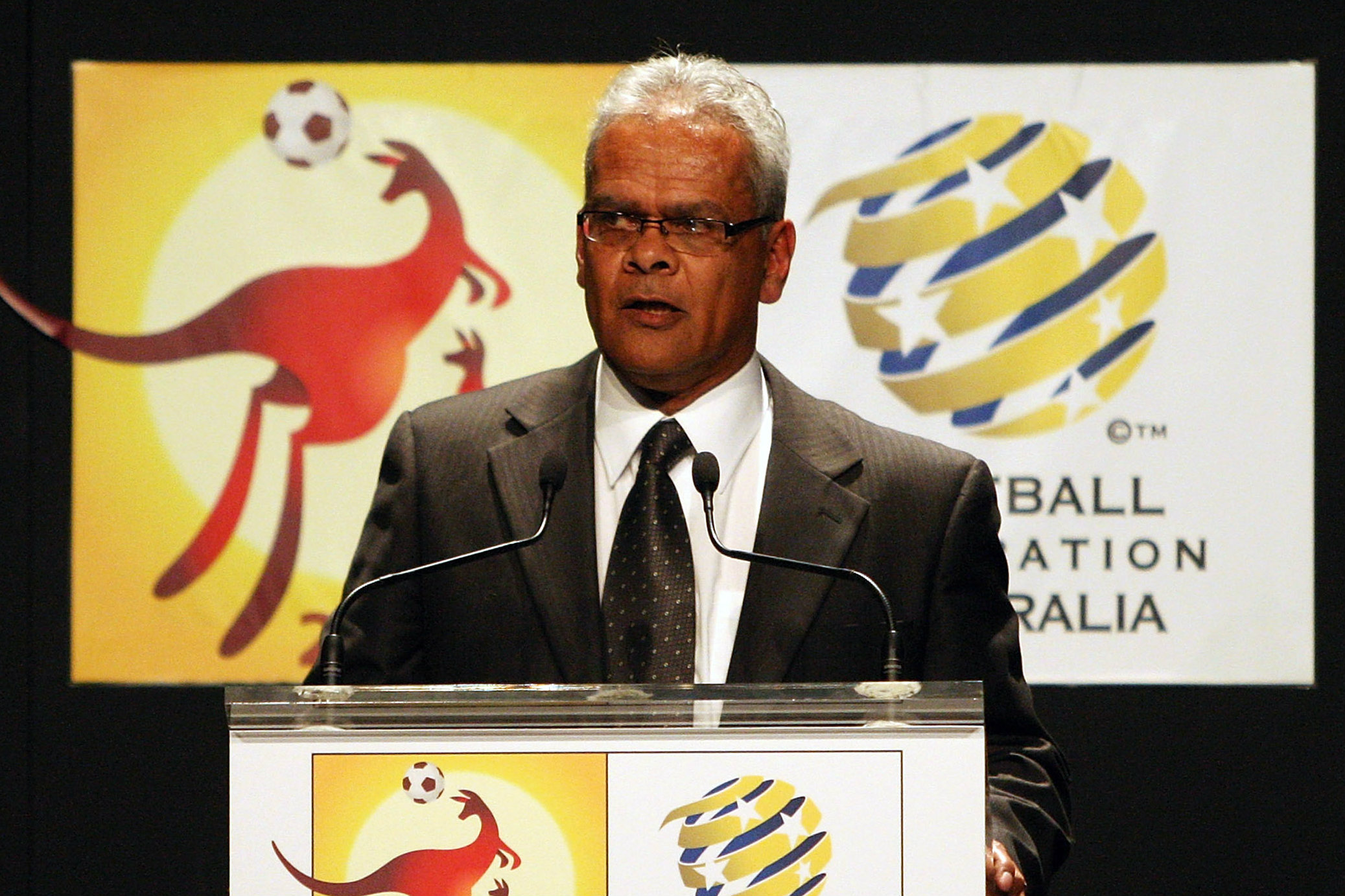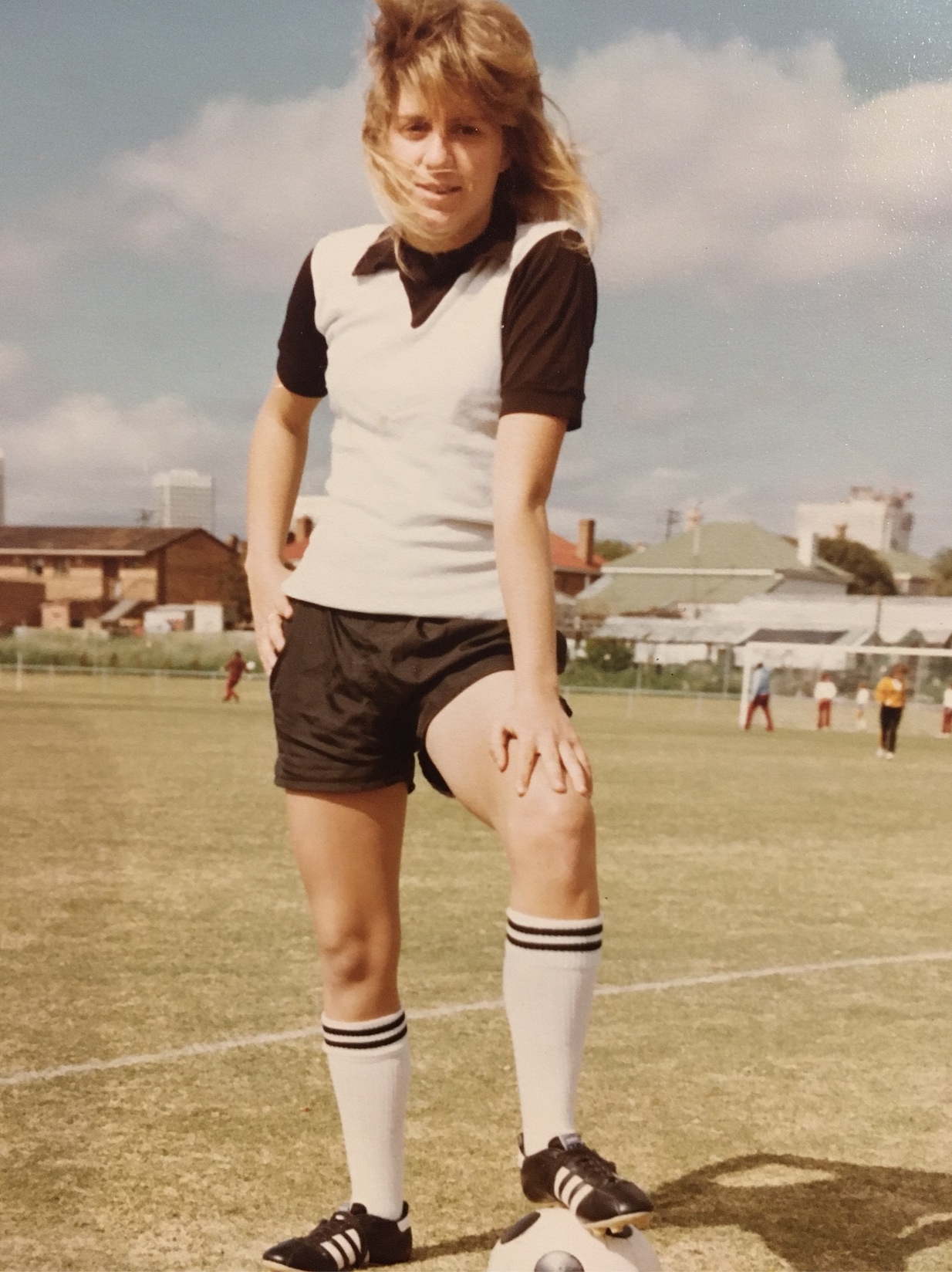In celebration of the NAIDOC Week and Indigenous Football Week, we look at the significant contribution of Indigenous footballers on our national teams and national leagues.
From the early days of the introduction to football to Australian shores in the late 19th century, first nations people have gravitated to the game.
Their affiliation with the round ball dates back a considerable amount of time according to Professor John Maynard, author of The Aboriginal Soccer Tribe and Professor of Indigenous Education and Research at the University of Newcastle.
“Aboriginal people were playing ball games before 1788, these were balls made out of possum and kangaroo skins. Aboriginal people played these games,” said Professor Maynard.
“One of these games was a keepy uppy game which connects with football. We were in essence playing with a football for possibly thousands of years.”
READ |
MORE |
And it was football who recognised that affinity and initially opened the doors to indigenious players.
The influx of European migrants across Australia from the 50’s onwards, provided Aboriginal players with a platform to express their talent on the football pitch with many of the early clubs embracing and admiring that talent.
“We (football) actually had the head start, not to say that the doors were wide open but back in the 50’s we had Charlie Perkins, Johnny Moriarty and Gordon Briscoe.
“Because of where they were at the Aboriginal childrens home in South Australia, they were in close contact with football with a ground next door.”

It was a similar tale for Karen Menzies, Australia’s first indigenous Westfield Matildas, who was introduced the competitive side of the game at a group home.
“When they rattled off soccer as one of the sports girls could play, I just lit up,” Menzies remembered. “Within a couple of hours, I was at an U13s soccer field.”
I didn’t even know whose clothes I had or whose soccer boots I had, because I know I arrived in the institution with pretty much nothing, but being out on the field was all that mattered.”
The Novocastrian went onto play seven games for the national team from 1983-1989 before crafting a highly successful coaching career which saw her nurture the talents of FFA Hall of Famers Cheryl Salisbury, Sunni Hughes, Alison Forman and as well as Starr.

For the men, it was Harry Williams who was the first indigenous person to break into the Socceroos squad when he was selected in the green and gold’s 1970 world tour.
Williams continued to perform well on the national stage and was rewarded with a spot in Australia’s 1974 FIFA World Cup squad.
The left back was given his chance to impress in the final group stage encounter against Chile which saw the Socceroos take a share of the spoils and record their first ever point at a FIFA World Cup.
Over the last 30 years or so there has been that long-awaited increase in Aboriginal representation throughout the Socceroos and Westfield Matildas, however there is recognition that it is just touching the surface of the talent pool.
“We’ve had some periods in the 90’s and 2000’s, we’ve had Casey Wehrman, Jade North, David Williams and Adam Sarota come through as Socceroos,” he said.
“There is also Karen Menzies and Bridgette Starr and present day stars of Kyah Simon and Lydia Williams but that is still the brim.”
A post shared by








